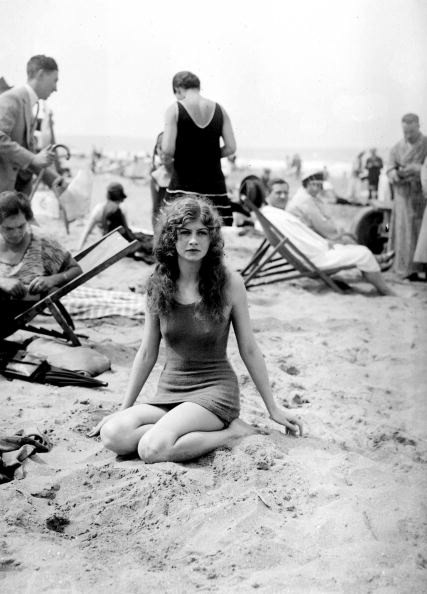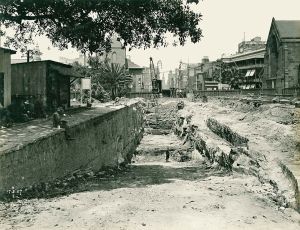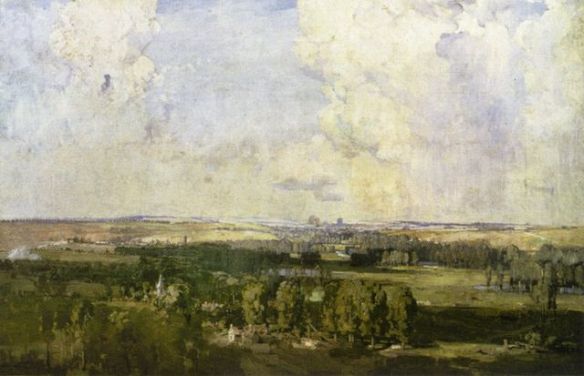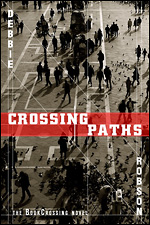Yes, it’s a serious problem for historical fiction writers when doing research – staying on track. In the 1980s I went through all the photography books (and there was a lot) at Dee Why Library. Of course I didn’t need to look at all the photos – most didn’t have anything to do with the manuscript I was writing but what the heck! Now with the net the problem is magnified 100 times over. The number of photos that are available is staggering. Google images, Instagram, Flickr, Trove – all waiting quietly (Hey, don’t mind me!) to lead you away from words on a screen/page.
In this instance Pinterest was the culprit. I had been googling 1920s clothes and pinning them on my board Research for my next novel. Pinterest, being very helpful, kindly said “You might like this!” and there was a board on the 1920s that I decided to follow. Some boards are small of course and only take a few minutes to glance over but occasionally I would find myself drifting away from my writing. You know how it is! I love that dress of Audrey Hepburn’s! And really, Warren Beatty was pretty good looking when he was young. Wow, I want to go to that French village right now. This sort of thing happens frequently when I’m on the net but no harm here! This board was on topic – the 1920s. I scrolled down through the images and there she was! Simply a girl on a beach, looking sad yet sort of posed at the same time. I was done for! My writing and research lost for the rest of the evening.
I found myself really studying the photo. Gosh, it does look posed. A publicity shot for a now unknown actress? A photographer friend suggested it was actress Edna Purviance, Charlie Chaplin’s leading lady in many of his films. I googled images of her and decided no, it wasn’t her. I then did a Tin Eye reverse image search. The one that was pinned on Pinterest had no name or details. Maybe another image might have more information. Tin Eye came up with 24 results and it appears the original photograph is a Getty image taken by the French photographer Roger Viollet with a title of “Swimmer on the beach of Deauville (Calvados), about 1925”. A location but no name!
I searched her face again. She really was very pretty! Maybe it was a lucky snap that became a bit of a hit and the damsel was pinned up wherever males congregate. I’m guessing she might have been extremely popular with the French Foreign Legion when the state of her chest was noticed! She is actually striking a pose similar to Farrah Fawcett in that that red swimming costume back in the seventies!
None of this helped me identify her of course and why is she sitting by herself? Is she waiting for someone?I believe she wasn’t an actress because I’m sure if she was, she would have been identified by now. I mean, how many photos do we view a day? Even when we aren’t researching, people put up posts asking please identify. Photos are multiplied over and over in vastly different locations. Gradually the dots are joined but not for the moment for my girl at the beach.
Three hours later after originally viewing her picture, my manuscript is pushed to the back of my mind. I have lost valuable time and asked unanswerable questions, such as: Who was she? Was she a model? What did she do with her life? She’s about the same age as my character. I wish I could chart her life through known facts so that I can have a few signposts for my girl; be made aware of what it was like to be young and beautiful in the 1920s.
She has led me on a merry dance but then I stop and look at her once more. Actually she hasn’t. I’ve only just realised why she caught my attention in the first place. She has abundantly thick and wavy hair – auburn, I’m guessing, just like my main character Sarah Montague’s. I haven’t lost time. Here is a real life sister for an imaginary young woman that I need to return to.








